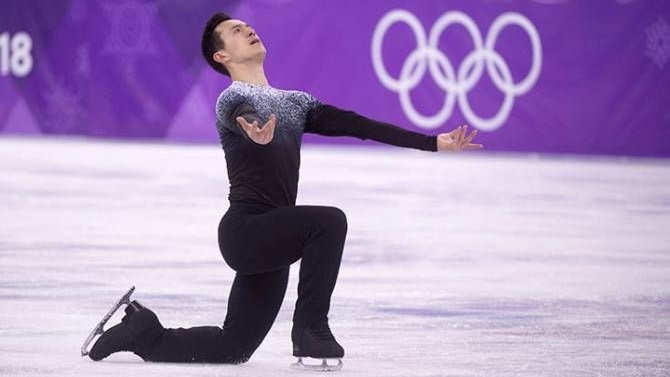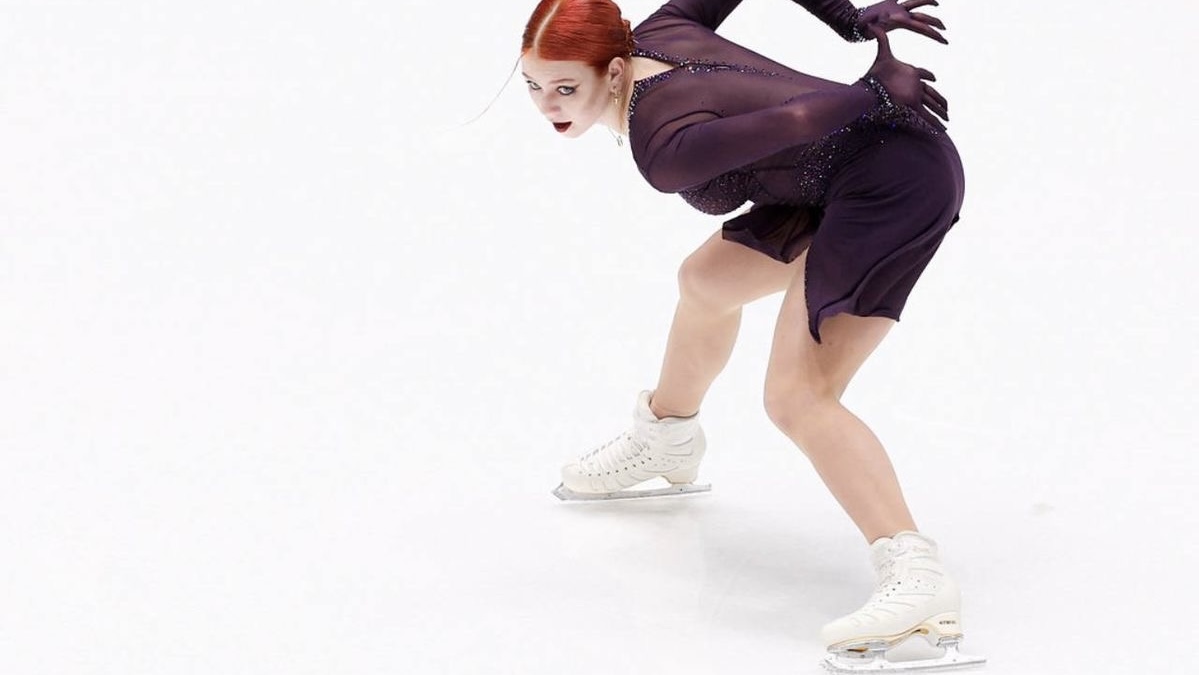January 15, 2025
Alexandra Trusova Expecting a Child
May 17, 2025

Canada’s rich figure skating history, fueled by its icy climate, has produced some of the world’s most celebrated skaters, amassing 29 Olympic medals and 33 world titles. From Barbara Ann Scott’s groundbreaking 1948 Olympic gold to Tessa Virtue and Scott Moir’s record-breaking five Olympic medals, Canadian skaters have set benchmarks in technical prowess and artistry. A 2019 Journal of Sports Sciences study highlights that elite skaters often combine disciplined training with mental resilience to achieve success. Drawing on insights from famous Canadian figure skaters like Patrick Chan, Kurt Browning, Tessa Virtue, and Meagan Duhamel, this article shares their top tips for aspiring skaters to reach the pinnacle of the sport.
Success in figure skating demands technical mastery, artistic expression, and mental fortitude. A 2020 Journal of Strength and Conditioning Research study notes that top skaters train 20–30 hours weekly, blending on-ice practice with off-ice conditioning. Canadian skaters, competing in disciplines like men’s and women’s singles, pairs, and ice dance, have consistently excelled by innovating jumps, refining choreography, and embracing challenges. The following tips, shared by Canada’s skating icons, reveal the strategies that propelled them to global acclaim, offering actionable advice for skaters aiming for greatness.
Technical excellence, including jumps, spins, and footwork, forms the backbone of competitive skating. Kurt Browning, the first skater to land a quadruple jump in competition (1988), emphasized disciplined repetition to perfect complex elements. A 2018 Journal of Sports Medicine study found that deliberate practice improves technical accuracy by 15%.
Kurt Browning’s Tip: In a 2020 interview, Browning stressed, “You have to drill the hard stuff—quads, triple axels—every day until it’s muscle memory.” He practiced jumps in sets of 10, focusing on consistency, 4–5 times weekly. Browning advises skaters to break down elements (e.g., edge control for a lutz) and train them incrementally, dedicating 1–2 hours daily to technical drills while tracking progress with a coach.
Artistic expression, blending choreography and music interpretation, elevates performances. Patrick Chan, a three-time world champion (2011–2013), is renowned for his lyrical skating style. A 2019 Psychology of Sport and Exercise study notes that artistry boosts program component scores by 10%.
Patrick Chan’s Tip: In a 2023 interview, Chan shared, “Skating is storytelling—feel the music and let it guide your movements.” He worked with choreographers weekly to refine expressive arm movements and facial expressions, practicing routines to diverse music genres. Chan recommends 2–3 weekly sessions of 30 minutes, mirroring routines off-ice to internalize musicality, and studying dance to enhance fluidity.
Competitive skating requires mental toughness to perform under scrutiny. Tessa Virtue, part of the most decorated ice dance duo with Scott Moir, faced intense pressure at the 2018 Olympics, securing two golds. A 2020 Journal of Sports Sciences study found that mental training improves performance consistency by 12%.
Tessa Virtue’s Tip: In a 2022 interview, Virtue revealed, “Visualization helped me stay calm—I’d picture every step of my program.” She visualized routines nightly and practiced mindfulness 10 minutes daily to manage nerves. Virtue advises skaters to dedicate 15 minutes daily to mental exercises, like journaling goals or meditating, and to work with a sports psychologist monthly to build confidence under pressure.
Off-ice training builds the strength and endurance needed for jumps and spins. Meagan Duhamel, a two-time world pairs champion (2015–2016) with Eric Radford, integrated quadruple throw jumps through rigorous conditioning. A 2018 Journal of Strength and Conditioning Research study notes that off-ice training boosts jump height by 8%.
Meagan Duhamel’s Tip: In a 2021 interview, Duhamel said, “Off-ice strength gave us the power for quads and lifts.” She trained core and lower body strength 3 times weekly, using exercises like single-leg squats, 45 minutes per session. Duhamel suggests skaters commit to 2–3 weekly strength sessions, focusing on core stability and leg power, and include 10-minute warm-ups to prevent injuries.
Resilience in facing setbacks is key to long-term success. Elvis Stojko, a two-time Olympic silver medalist (1994, 1998), overcame injuries to win three world titles. A 2019 Journal of Sports Medicine study found that adaptive coping strategies improve career longevity by 10%.
Elvis Stojko’s Tip: In a 2017 interview, Stojko shared, “Every fall taught me something—get up and keep going.” He analyzed competition footage weekly to identify weaknesses, adjusting training accordingly. Stojko recommends skaters review performances biweekly with coaches, set incremental goals (e.g., landing a new jump within 3 months), and maintain a growth mindset, practicing 4–5 times weekly to refine skills.
Canada’s figure skating legends, from Kurt Browning’s technical innovation to Tessa Virtue’s mental resilience, offer a blueprint for success. Their tips—mastering skills through practice, embracing artistry, building mental toughness, prioritizing conditioning, and learning from setbacks—blend discipline with passion. Backed by science, these strategies, practiced 4–6 times weekly, can transform aspiring skaters into champions. Whether you’re aiming for nationals or the Olympics, adopt these lessons, collaborate with coaches, and skate with determination. As Patrick Chan said, “Success is about loving the process.” Let Canada’s icons inspire you to glide toward greatness.
By Vitalina Andrushchenko, Staff Writer

January 15, 2025
Alexandra Trusova Expecting a Child

December 26, 2024
2025 World Junior Championship Schedule

April 05, 2025
Alexandra Trusova and Makar Ignatov Reveal the Gender of Their Future Child